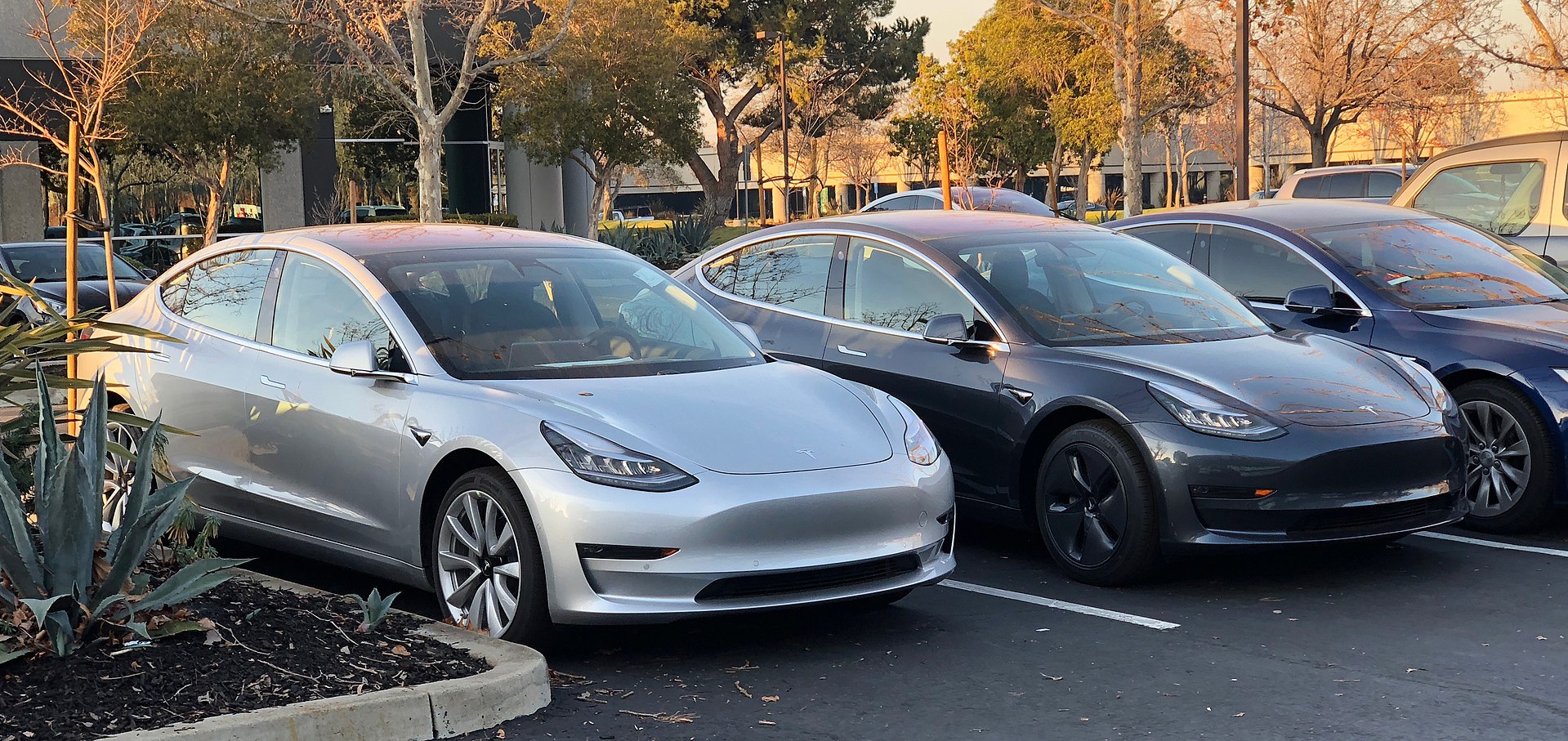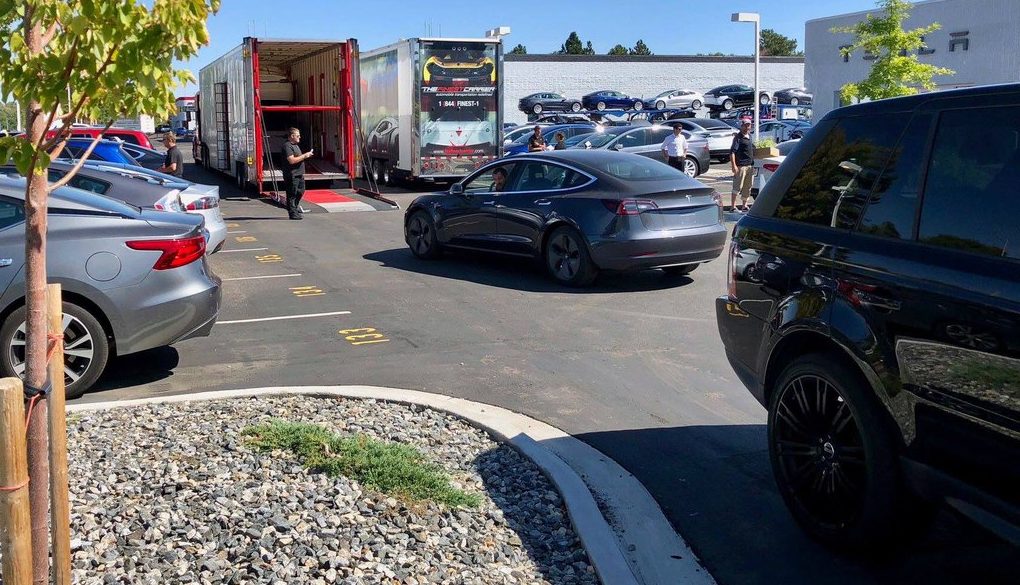
When Elon Musk wrote about his secret Master Plan in 2006, he envisioned a reasonably-priced electric vehicle that can take on the best-selling fossil fuel-powered cars in the market. It took years, but the electric car that Musk mentioned 12 years ago is here, and it’s called the Tesla Model 3.
The Model 3 is Tesla’s first attempt at creating a mass-market car. The company’s vehicles prior to the Model 3 — the Model S and Model X — sold well, but they were premium vehicles that compete in the luxury segment. The Model 3 was designed to be something else. It was an electric car designed to provide a viable and superior alternative to fossil fuel-powered automobiles. The Model 3 is even priced aggressively, starting at $35,000, or roughly the price of a top-tier Toyota Camry.
Tesla’s ramp of the Model 3 was not easy. In an interview earlier this year, Elon Musk described the past 12 months, much of which was spent ramping the electric sedan’s production, as one of the most painful and difficult years of his career. As Tesla released its Q3 production and delivery numbers, though, it appeared that the electric car maker has finally left Elon Musk’s self-dubbed “production hell.” Tesla produced a total of 80,142 electric cars in Q3, 53,239 of which were Model 3. Deliveries totaled 83,500 vehicles, which included 55,840 Model 3.

There is no denying that Tesla’s production and delivery figures for the Model 3 in Q3 were encouraging. Tesla has not revealed the monthly sales figures of the Model 3 yet, but early estimates of the electric car’s sales in September point to more than 22,000 units being delivered during the month. This particular number is just an estimate, but the rest of the US auto market, including some of the auto industry’s most respected brands, are starting to feel the presence of the Model 3.
One of these carmakers is BMW AG. In a statement to Bloomberg, Bernhard Kuhnt, Chief Executive Officer of BMW North America, acknowledged Tesla’s increasing presence in the auto market. BMW was among the carmakers that saw a small gain in September, though its 1.3% rise was primarily due to the strength of the BMW X3, a crossover SUV that would eventually be challenged by Tesla’s upcoming Model Y. With the Tesla Model 3, BMW’s passenger cars such as the 3-Series and the 5-Series are seeing intense competition.
“Tesla is now ramping up their volumes, and it’s putting pressure on that market segment. In that environment, I’m very, very pleased to say we were up,” Kuhnt said.
The Model 3’s presence could also be seen in the performance of Mercedes-Benz on September. The legacy carmaker’s deliveries dropped 9.8% overall, and the Mercedes-Benz C-Class, which is among the United States’ best-selling luxury sedans, saw a steep 24% plunge. Lexus, Toyota Motor Corp.’s luxury brand, saw a 6.1% decline in September as well.

Perhaps most notable, though, was the drop in the sales of a vehicle that is as ubiquitous as they come — the Toyota Corolla Family. Last August, auto sales tracking website GoodCarBadCar listed the Model 3 as the 5th best-selling passenger car in the United States, directly behind the Toyota Camry, Honda Civic, Honda Accord, and the Toyota Corolla Family. Toyota revealed that the Corolla Family sold 20,797 units in September, a ~20% decline over its sales in August, when 26,155 units of the vehicles were sold. If the 22,000-unit estimate for the Model 3’s September sale proves accurate, then Tesla’s first attempt at a mass-market electric car might have just dethroned one of America’s favorite low-cost automobiles.
What is particularly impressive with the Model 3 is that the vehicle is priced higher than its competitors at the top of the passenger car segment. If the Model 3 did beat the Corolla Family’s September sales numbers, it would mean that the electric car, whose selling price currently averages $60,000 (only premium variants are available for now), just outsold a vehicle that tops out at $22,730 (Corolla Family XSE). With Tesla seemingly setting the stage for the $35,000 base Model 3, cars like the Honda Civic and the Toyota Camry could find themselves facing some steep competition.
Things are looking optimistic for Tesla’s next quarters. Gigafactory 1 is set to receive upgraded battery cell production lines from Panasonic, and new Grohmann machines are expected to make module production “three times faster and three times cheaper.” Wall Street analyst Romit Shah from Nomura Instinet also noted that the company’s numbers this past quarter could prove as Tesla’s break-even point. Shah further stated that when Tesla’s deliveries increase to about 100,000 vehicles per quarter, the company could be profitable and sustainable.

Top Rated Comments (view all)
Discuss: News
Top rated
Newest

